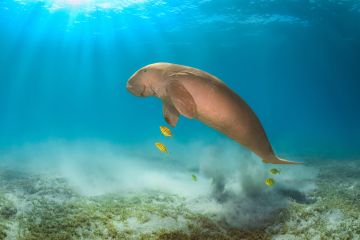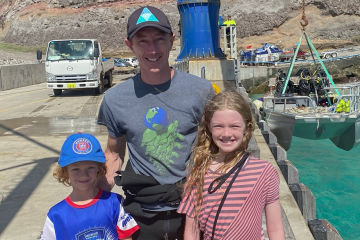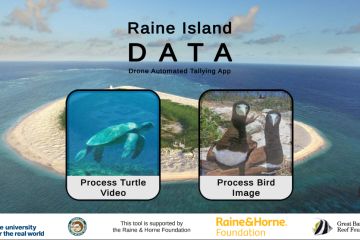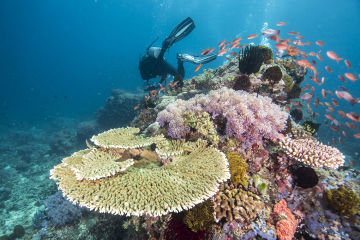Protecting vulnerable species
We're restoring habitats for over 40 threatened species including turtles, dugongs, whales and seabirds.
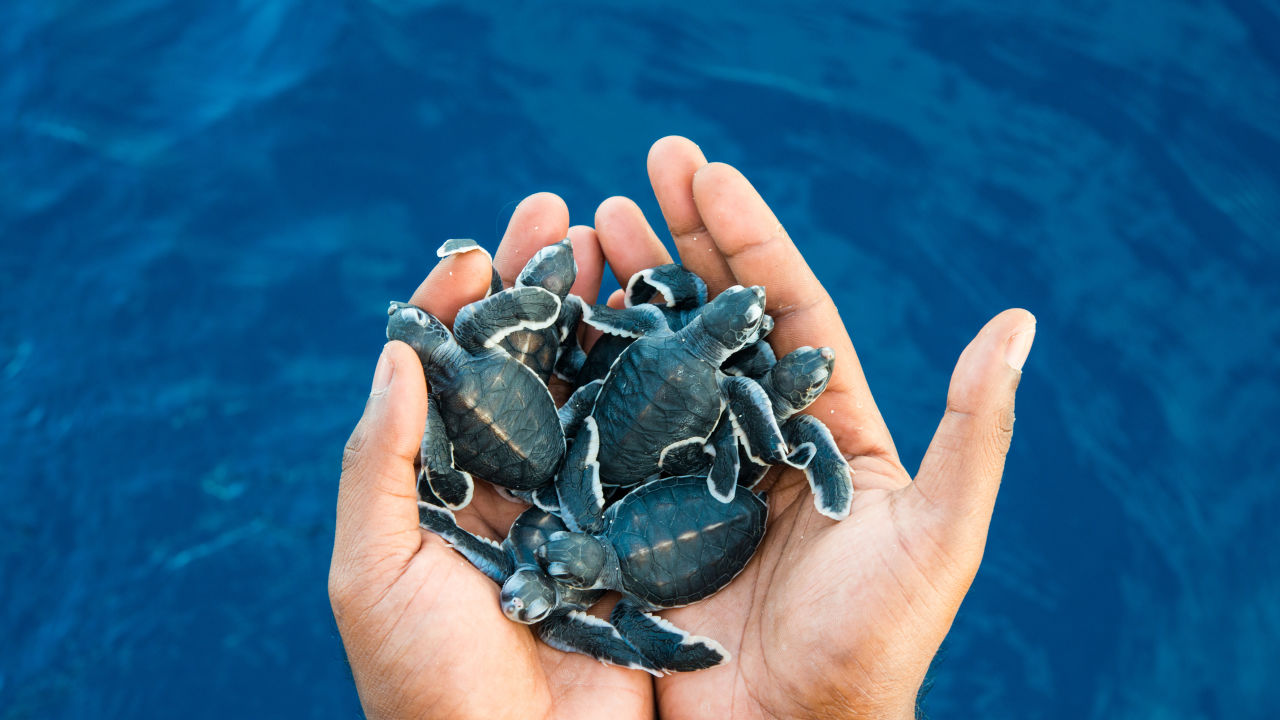
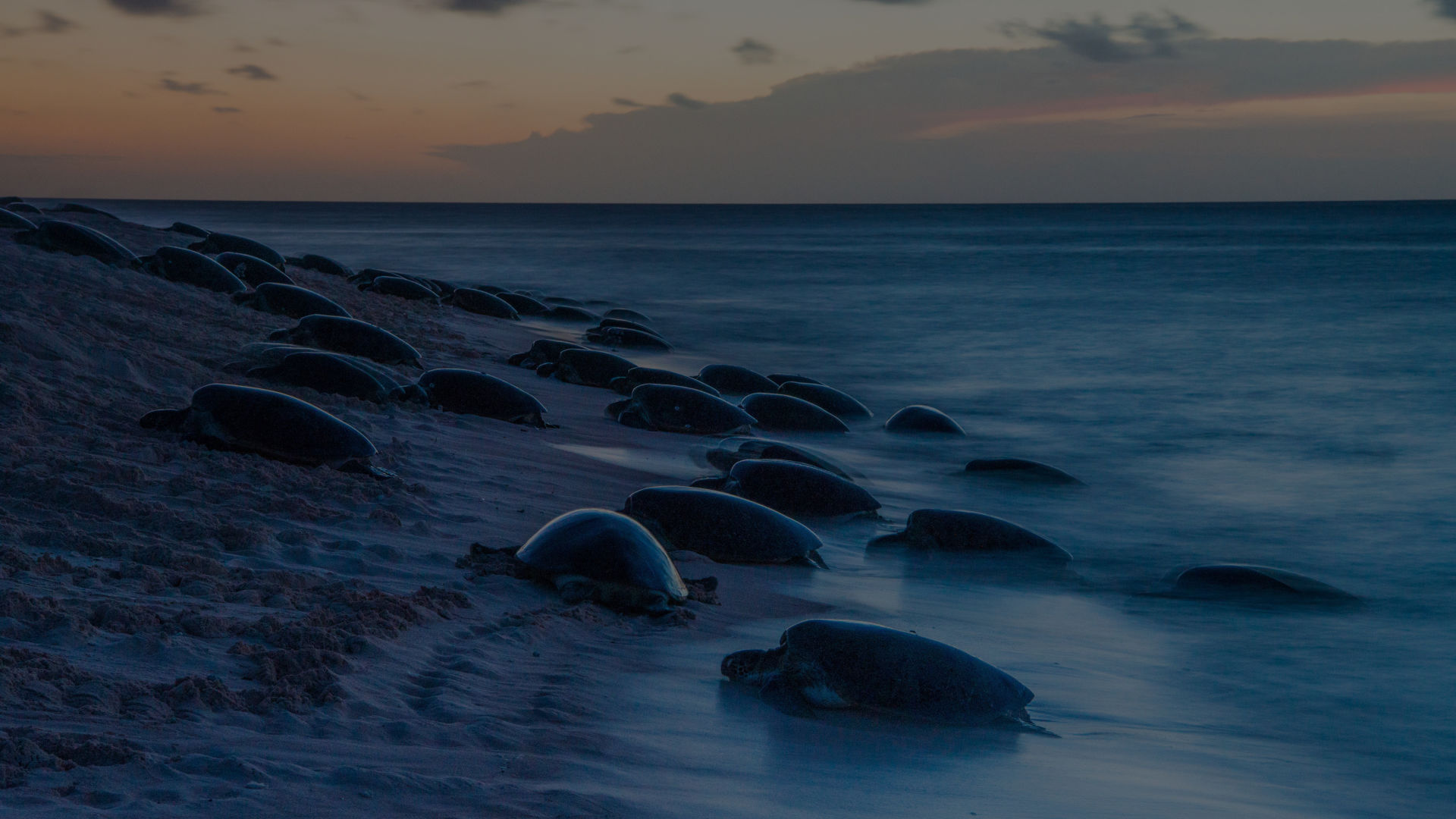
#The problem
More marine animals than ever before are endangered, threatened or facing extinction.
There are more than 9,000 species of marine animals on the Great Barrier Reef, making it one of the richest and most complex ecosystems on Earth. Every one of these creatures, from tiny plankton to enormous whales, play a crucial role in maintaining the health and vibrancy of our Reef. But populations of many species including whales, dolphins, dugongs, seabirds, sea turtles and sharks are increasingly under threat as ocean temperatures continue to rise and habitats are destroyed. We're reversing this decline by restoring and protecting more than 16 critical Reef habitats that provide feeding, resting and breeding grounds for our marine life.
#Our solutions
We're rebuilding habitats, securing breeding grounds and protecting vulnerable Reef species.
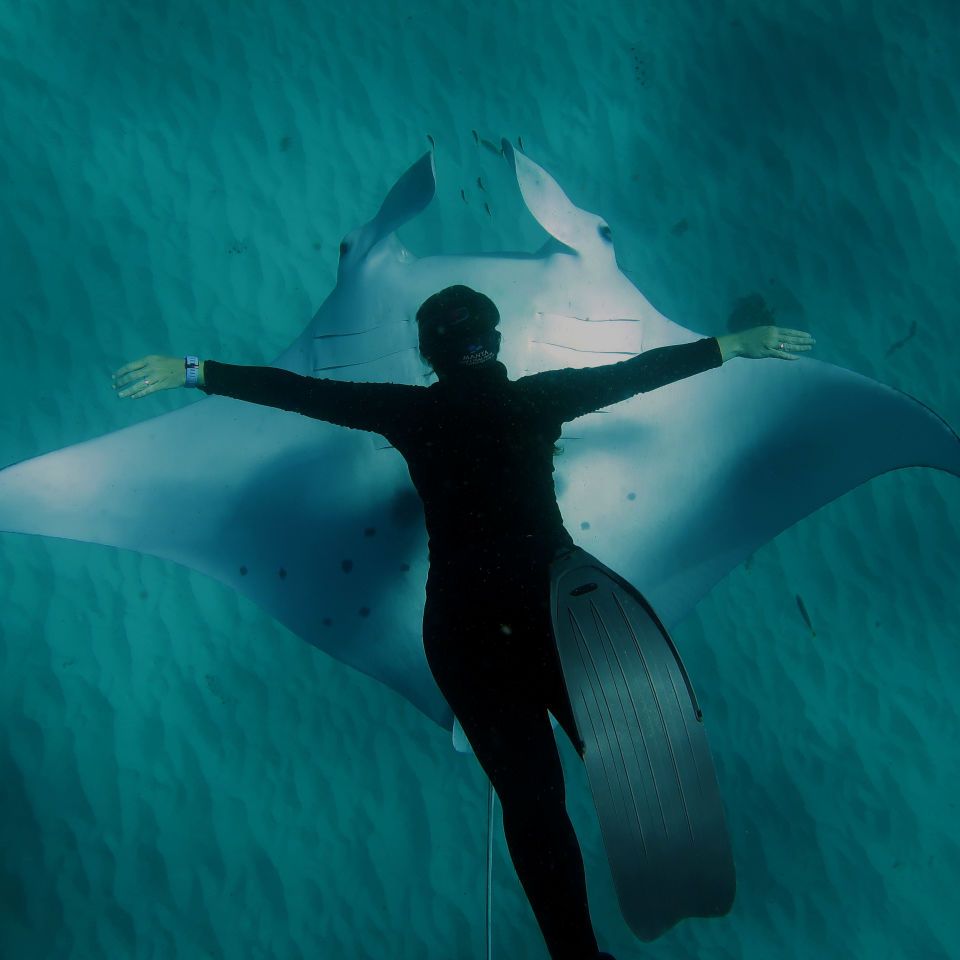
Reef Islands Initiative
Likened to climate change arks, Reef islands provide a safe home for wildlife to rest, feed, shelter and breed. Hundreds of islands scatter the 2,300-kilometre length of the Reef, many untouched by development and found in the remote, outer reaches of the Reef. Business-as-usual monitoring and support of these critical habitats is a huge task, and as they face a growing combination of threats, the challenge to protect and restore these refuges from the impacts of climate change is immense. Following the success of the Raine Island Recovery Project – restoring the world’s largest nesting site for the endangered green turtle – the Foundation set our sights on high-priority island habitats along the Reef, including the Whitsundays, Lady Elliot Island and Avoid Island.
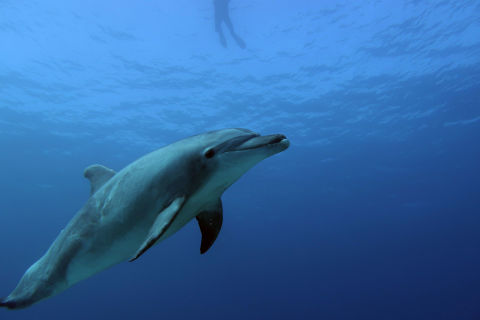
Dolphin monitoring
By studying three key species of inshore dolphins in the wild – the Australian snubfin, Australian humpback and Indo-Pacific bottlenose dolphins – researchers have more information about their distribution and numbers, as well as the threats they’re facing.
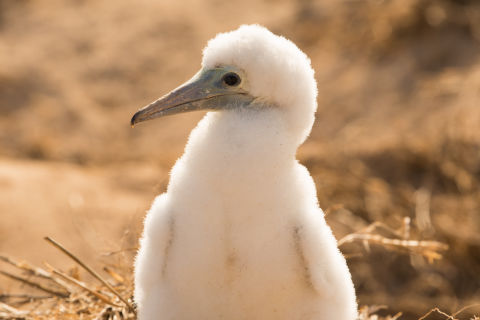
Seabird monitoring
Using on-ground surveys, acoustic recordings and drones to monitor and detect changes in nationally and globally significant seabird populations, including the Little Tern, Bridle Tern, Crested Tern and Brown Booby.
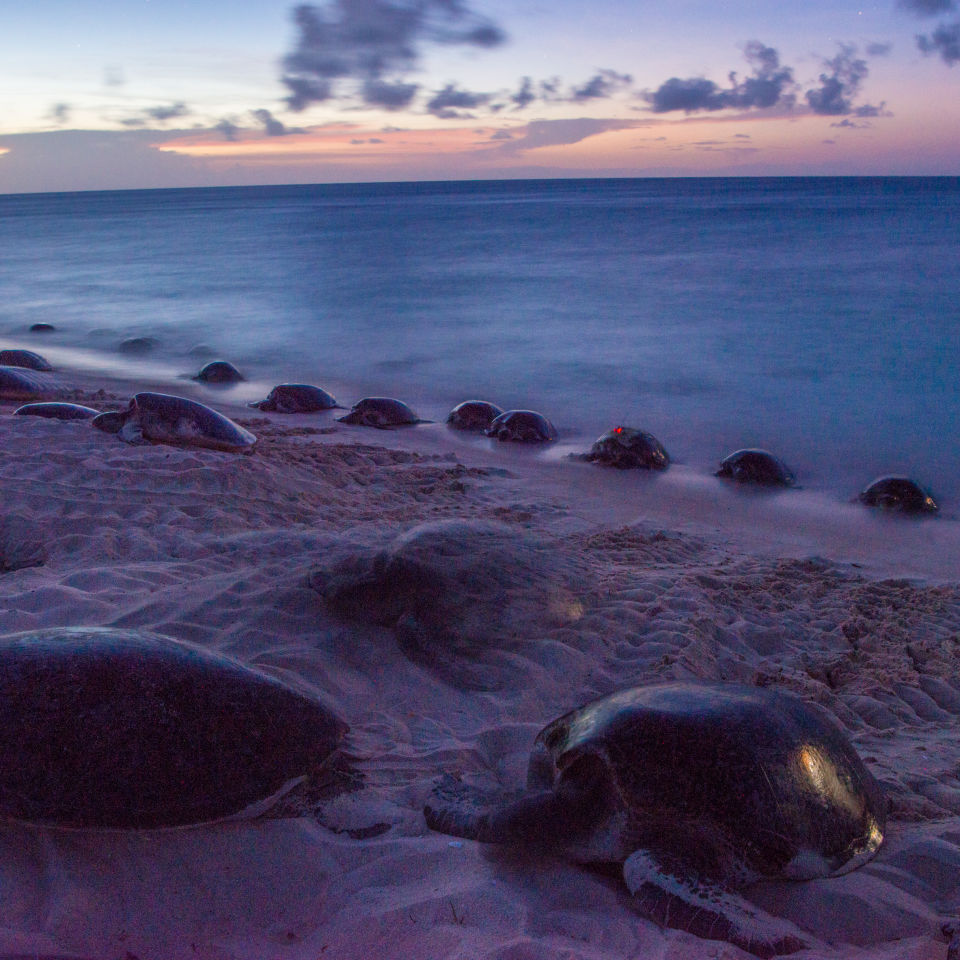
Raine Island Recovery Project
We helped an additional 640,000 endangered green turtles begin life on the Reef by restoring the world’s largest remaining green turtle nesting habitat on Raine Island. Through our world-leading project, we installed turtle-proof fencing to reduce fatal cliff falls, moved 40,000m3 of sand to create more room for safe nesting and tracked turtles thousands of kilometres to better understand their breeding and foraging behaviours. An additional 4.6 million hatchlings are expected to start life on the Great Barrier Reef over the next 10 years thanks to the project.
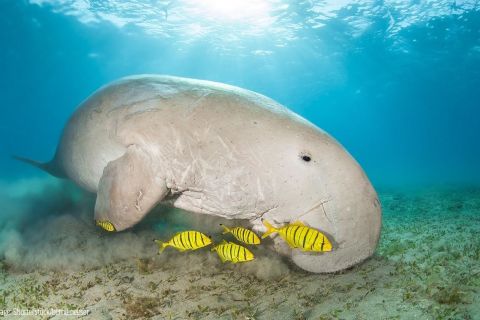
Dugong monitoring
The Great Barrier Reef supports one of the largest remaining populations of dugongs in the world, which is one of the reasons the Reef was granted World Heritage status. We're tracking and monitoring this marine mammal, including its distribution and abundance on the Reef, using aircraft and drone surveys.
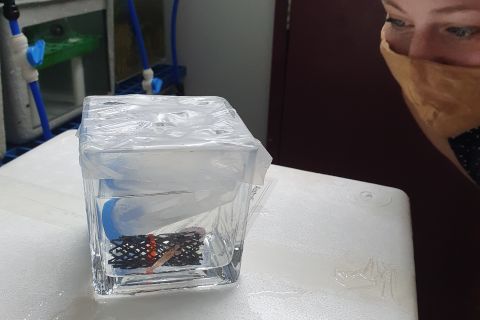
eDNA monitoring
All plants and animals shed DNA into their surrounding environment. This is known as environmental DNA (eDNA). We're using eDNA from the water and soil to monitor the health of dolphins, fish, sea cucumbers, seabirds and corals, and manage pests like crown-of-thorns starfish and invasive species like rats and ants.
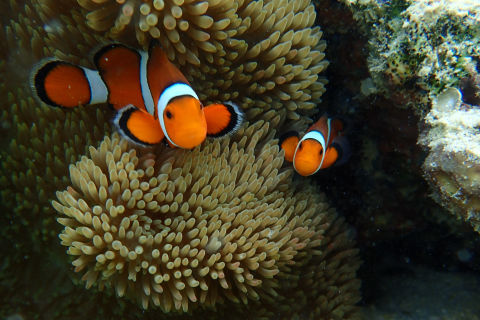
Fish monitoring
More than 1,600 known species of fish live on our Reef, so we've developed and implemented the first ever integrated Reef fish monitoring program. It's revealing important insights about different fish habitats, including fish nurseries, for priority species such as coral trout, stripey snapper, damselfish and butterflyfish.
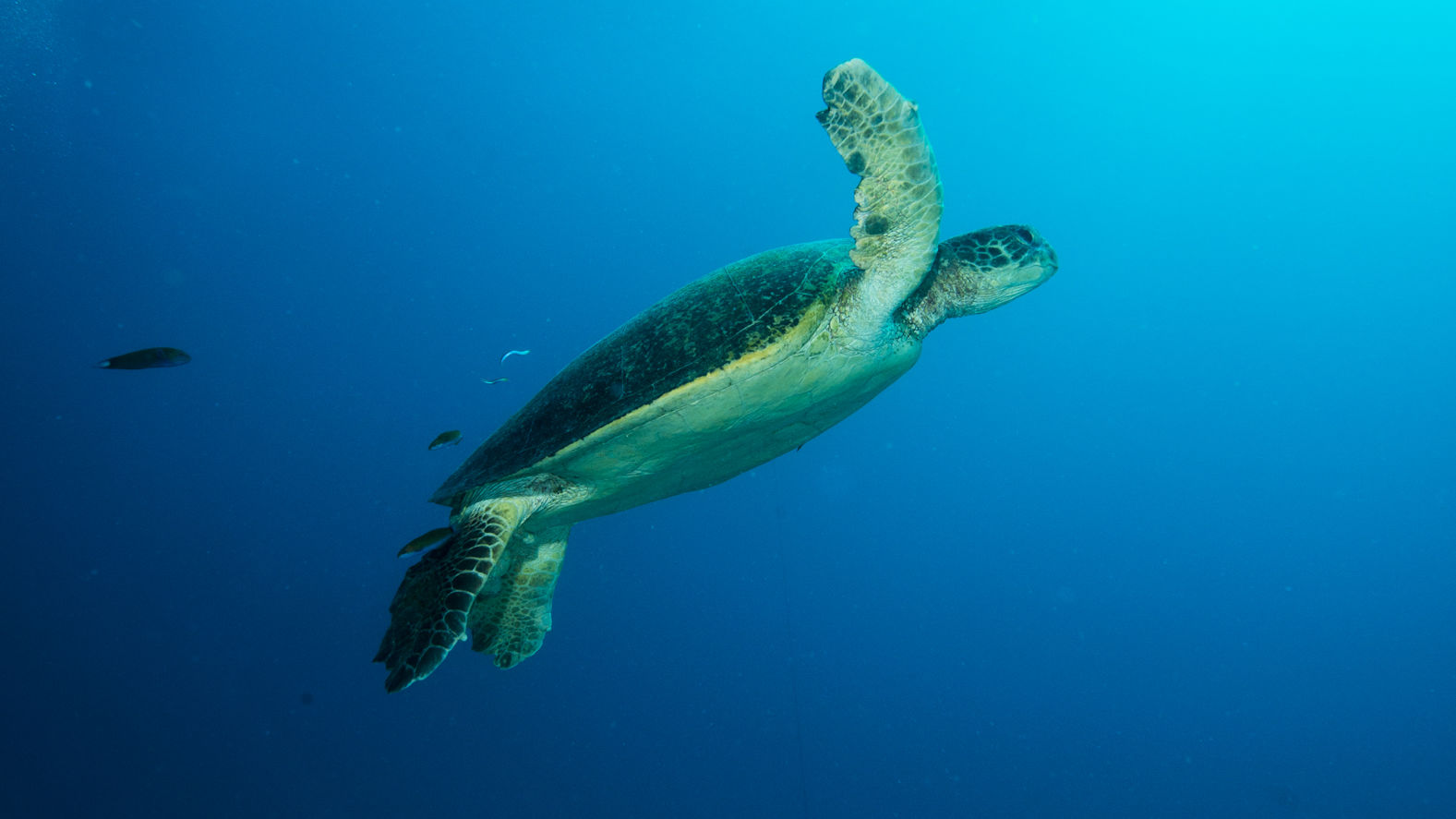
#Project gallery
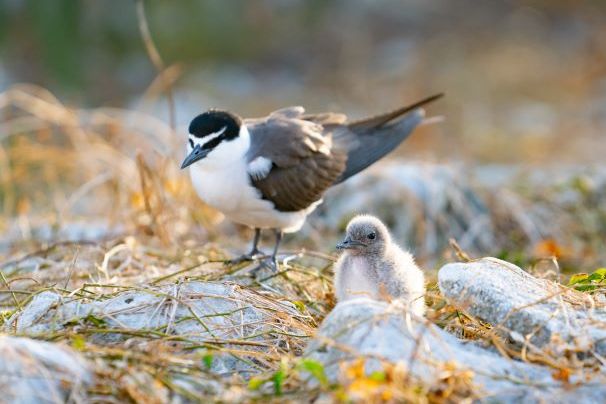
A bridled tern with its chick.
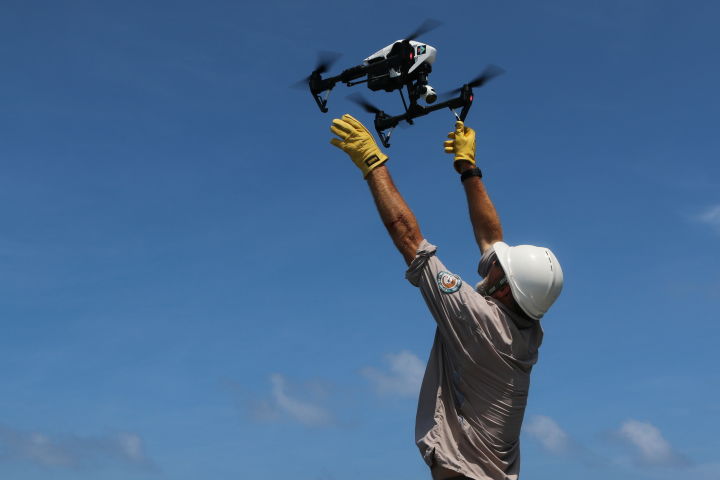
Monitoring drone launched on Raine Island. Credit: Gary Cranitch, Queensland Museum.
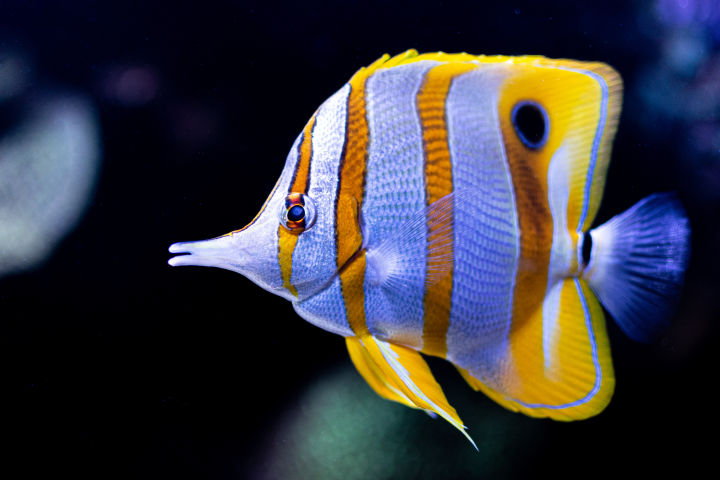
A butterflyfish on the Reef.
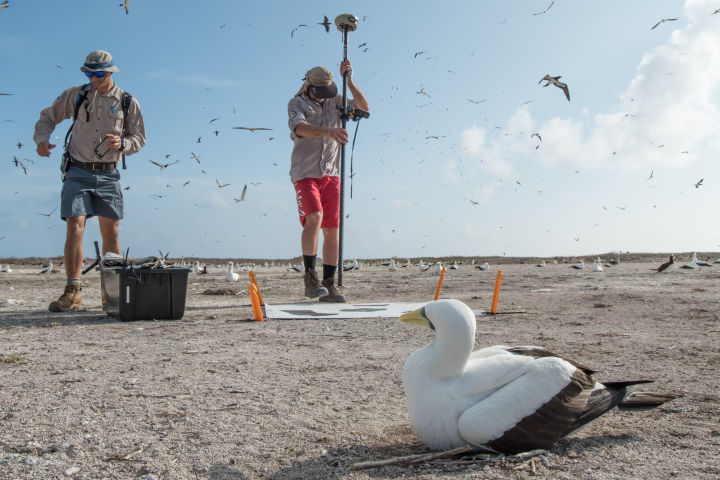
Seabird monitoring on Raine Island. Credit: Gary Cranitch, Queensland Museum
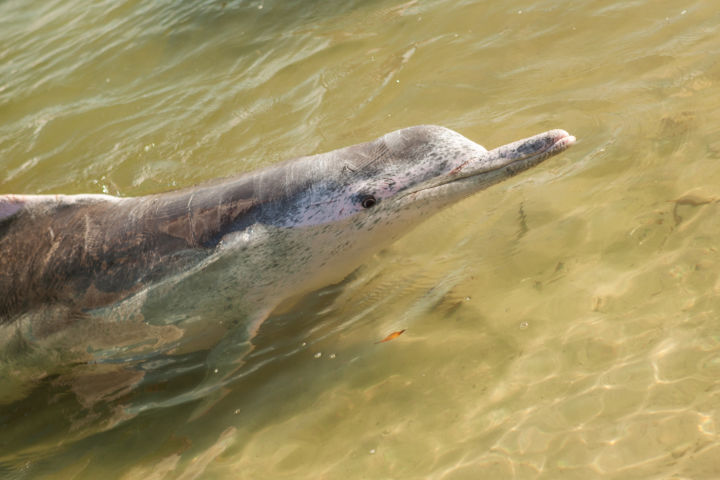
An Australian humpback dolphin.
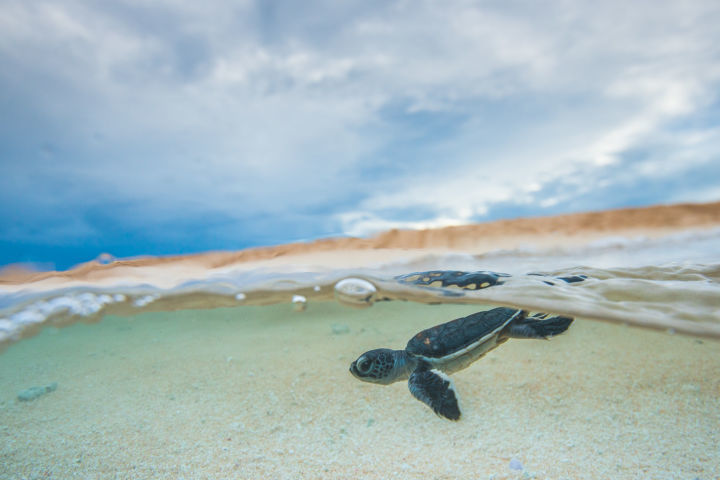
A green turtle hatchling at Raine Island. Credit: Christian Miller
#Featured stories
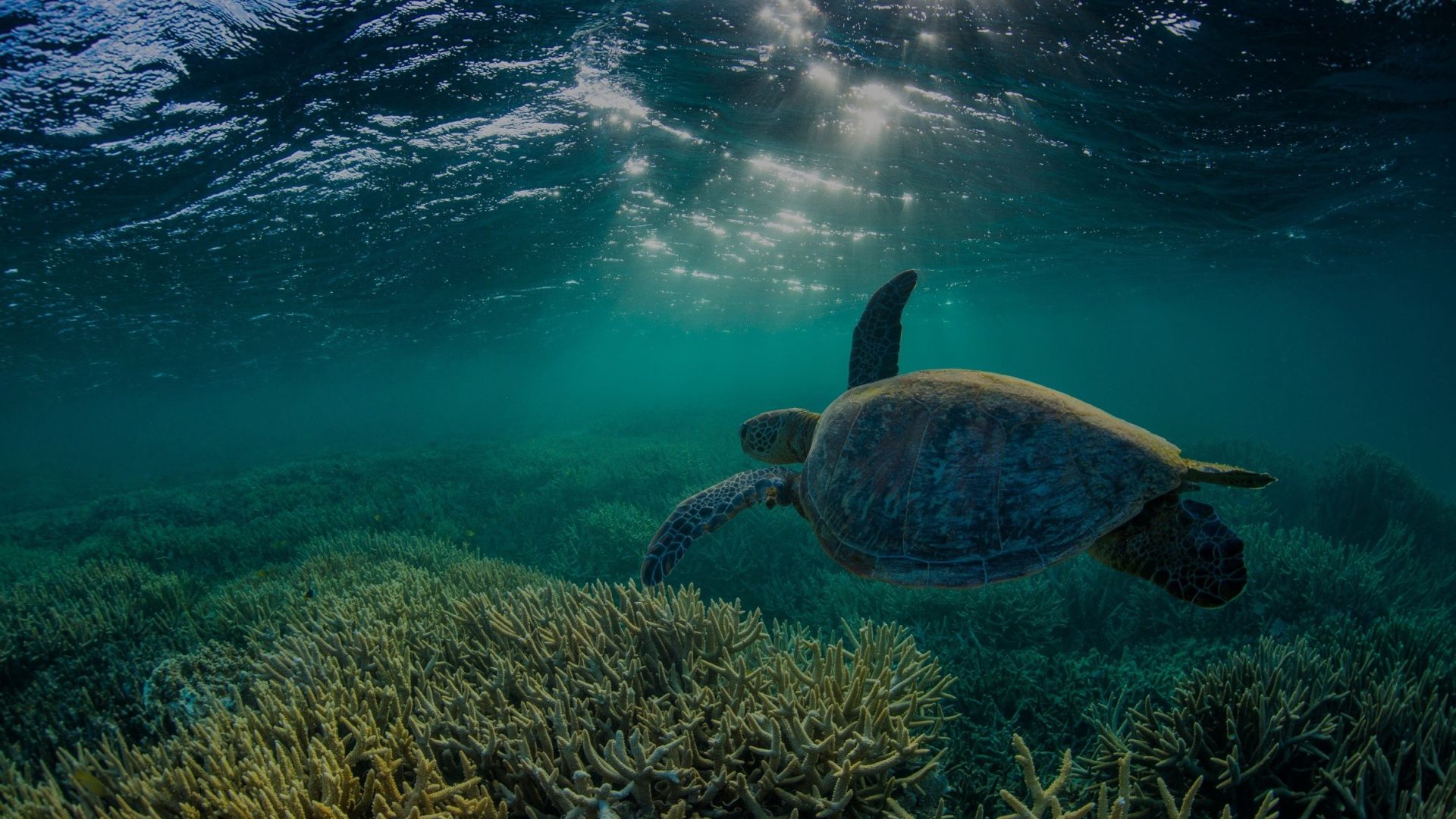
#Help her survive the heat
The Great Barrier Reef is fighting for life and we are fighting for her future.

